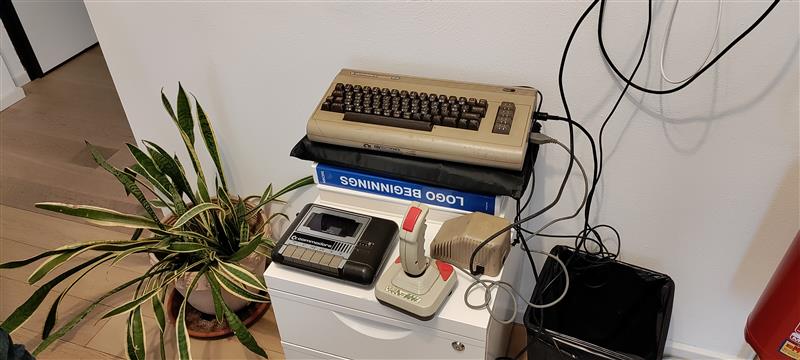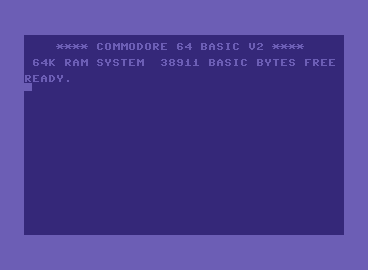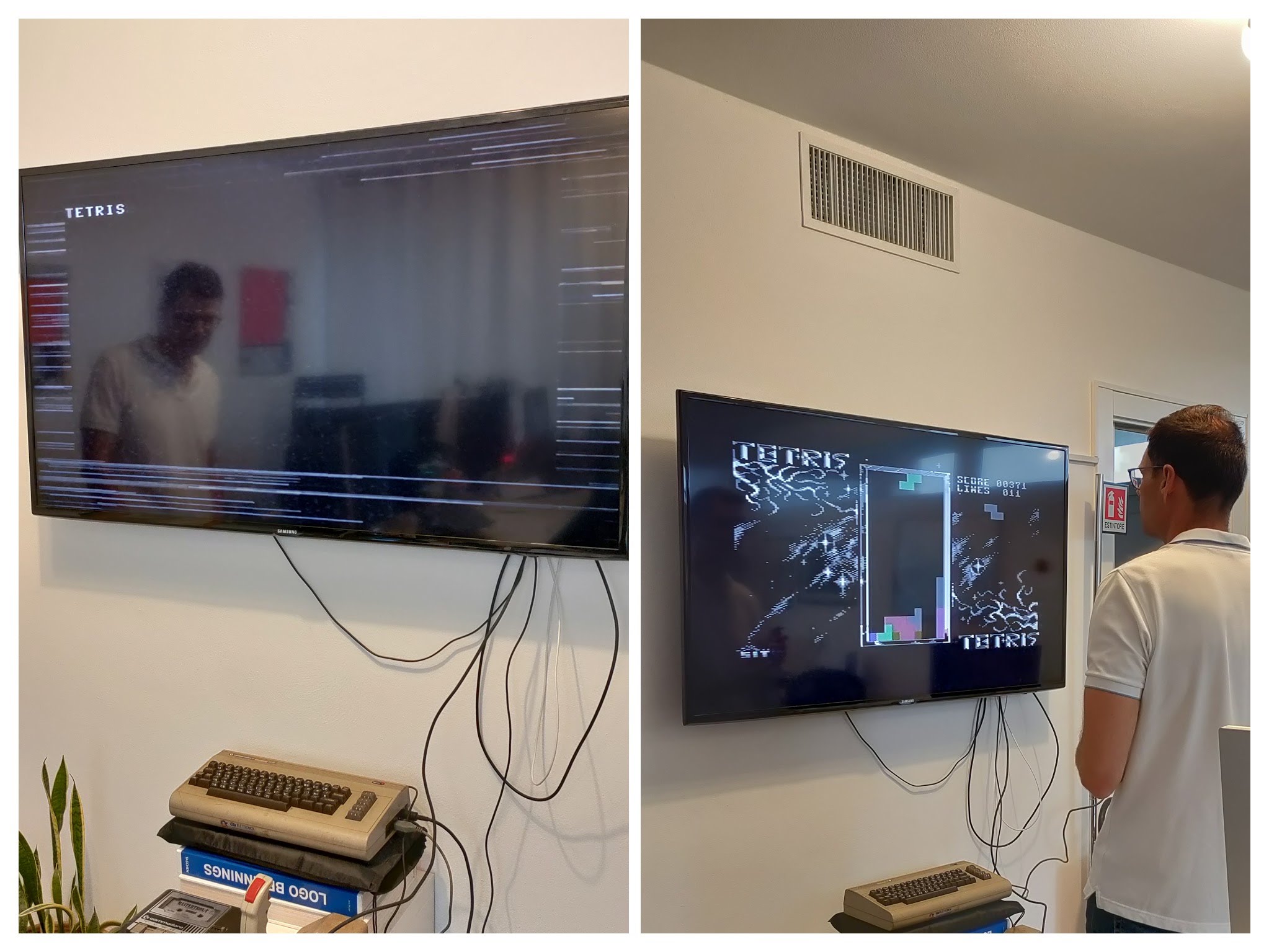TechBack Thursday: When a Commodore 64 Walked into The Office
Last week, something unusual happened at our office. One of our teammates went to visit his parents, rummaged through some boxes, and returned with a true relic: his old Commodore 64. Yes, the Commodore 64, the home computer that defined the 1980s for an entire generation of curious minds, gamers, and budding programmers.

The real surprise?
It still works.
We plugged it in, connected it to a monitor, and after the familiar blue screen appeared, the room filled with excitement. Even better: our colleague had also unearthed a whole briefcase packed with old game tapes (yes, cassette tapes). Sliding one into the datasette and hearing that iconic screech as the game loaded was pure magic. Minutes later, pixels and sprites from the past came to life once again.

Fun Meets History
For some of us, it was like meeting an old friend. For others, especially our younger colleagues, it was like stepping into a museum exhibit. Seeing their reaction to the slow loading screens, chunky graphics, and the very idea of waiting minutes for a game to load was priceless. Imagine telling someone raised on instant mobile downloads that once upon a time, you had to fast-forward and rewind a tape to play.
A Little Tech Comparison
Back in 1982, the Commodore 64 was cutting-edge. It came with:
- 64 KB of RAM (hence the name);
- A 1 MHz 8-bit processor;
- Graphics capable of displaying 16 colours;
- A SID sound chip that made it famous among music enthusiasts.
Now, compare that with an average smartphone in 2025:
- 8–12 GB of RAM (that’s about 125,000 times more memory);
- Processors running at multiple GHz with multiple cores;
- Displays showing millions of colours at 4K resolution;
- Entire libraries of music production apps that dwarf what the SID chip could ever do.
And yet, despite this enormous gap, the Commodore 64 still holds a charm that raw power alone can’t replace.
From BASIC to Full-Stack
Turning on the C64, we were reminded that the very first screen encouraged you to code: right there, in BASIC. Many of today’s developers took their first steps typing commands into that blinking cursor. Fast-forward to 2025, and software development has evolved dramatically:
- From coding in BASIC line by line to frameworks, APIs, and cloud-native architectures;
- From floppy disks to containerised deployments;
- From local experimentation to real-time collaboration in global teams.
The essence is still the same: curiosity, problem-solving, and creativity, but the tools and possibilities have multiplied beyond imagination.

Try It Yourself
If you’re curious to experience a Commodore 64 today, you don’t need to hunt for an attic treasure. There are great options available:
- Online emulators, like C64Online, where you can boot a C64 right in your browser;
- Offline emulators, like VICE, which let you run classic software on your computer;
- Mobile apps, like Emu64XL, available for both Android and iOS, which bring the retro experience right to your phone or tablet;
- Original hardware, which you can often find on auction sites if you want the full retro experience.
Or, if you’re feeling playful, you can even try a fun experiment with ChatGPT. Just type:
You are now a Commodore 64 emulator. Boot up and show me the startup screen.
as a prompt. It won’t replace the tactile joy of loading a cassette and hearing the whir of the datasette, but it’s a neat way to step back in time.
For us, this little TechBack Thursday wasn’t just nostalgia: it was a reminder of how far technology has come, and how the passion for building, playing, and experimenting has stayed the same.
If you’re curious about how we channel that same spirit into modern digital marketing, web, and software development, we’d love to talk. Get in touch with us today through our contact form here below and let’s explore how we can help bring your next project to life.